

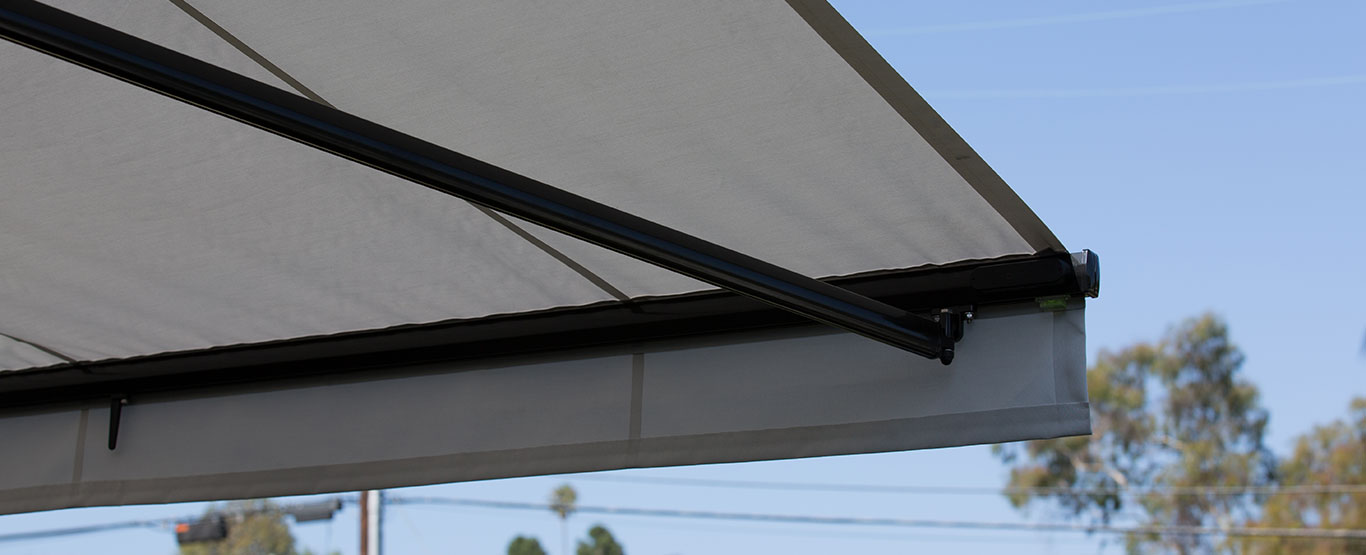
This guide is intended to provide a general overview of awning supplies, design, basic installation techniques, cleaning tips, and more. Whether you're new to awning fabrication or you're a veteran of the awning industry, we hope you'll find some value in the information below.
Fabricators and engineers know that even the most basic awnings require a considerable amount of supplies to complete. Trican® works hard to source all the awning supplies you need, from fabric to hardware to cleaning solutions.
The products we carry suit applications for fixed window awnings, retractable awnings, patio coverage, residential shade, commercial canopies, and umbrellas. These materials are built to withstand wind, snow, rain, and sun.
Explore our offerings below in awning fabric, hardware, tools, trim, thread, cleaning supplies, and more for your next awning or canopy project.
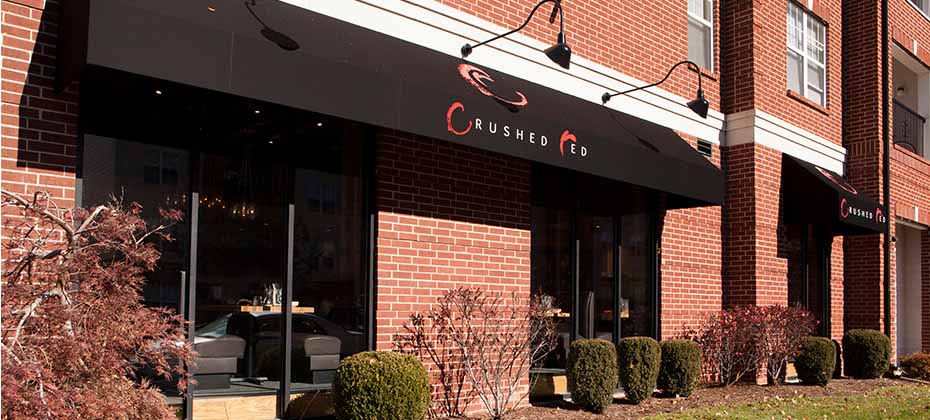
The most important element in making an awning stand out is the fabric. If you're wondering where to buy awning fabric, we carry over 800 styles in our awning fabric selection. We carry trusted brands, like Sunbrella® Dickson®, Herculite®, Serge Ferrari, Phifer® and Glen Raven®. The outdoor awning fabrics can be used as awning replacement fabric or for new structures.
They feature benefits like flame resistance, water resistance, dimensional stability, mold and mildew resistance, UV protection, printability, and heat-sealing ability. For carefree assembly and maintenance, these awning fabric materials are durable and easy to clean.
Working on a patio enclosure or clear awning structure? Check out our clear vinyl options.
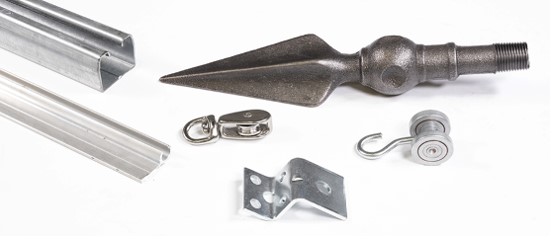
The hardware and tools you choose play a vital role in the structural integrity of your awnings. High-quality awning hardware ensures stability and longevity. From Z brackets and rails to Eye ends and hinges, each component contributes to the secure installation of your awnings.
Keep things mounted and connected with high-quality awning hardware supplies. As one of the top awning hardware suppliers, we're proud to stock over 300 essential hardware items used by awning fabricators.
Beyond awning hardware parts, we also offer the tools needed to carry out your everyday tasks.
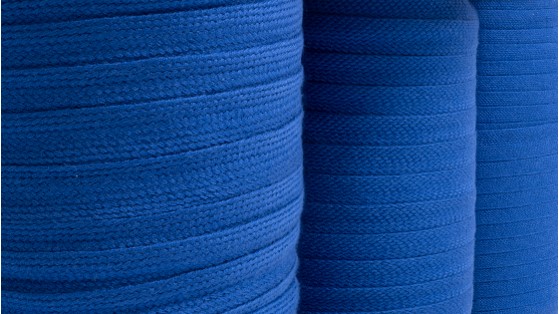
The right awning braid adds reinforced support and a finished look (ideal for valance binding). Find the style and performance features you need with our awning trim products. We supply 100 varieties in decorative awning braid to best match your color scheme and project size. With a low profile, these woven awning braids are long lasting, colorfast, and offer a smooth edge.
.jpg)
Lightweight rope and cord are great for awning models that require lacing and tying. Made with high-grade materials, these awning lace products offer high strength and low stretch for years of service.
_TV.jpg)
Nearly all of our sewing thread and pre-wound bobbins are suited for outdoor awning applications. They offer attributes like UV protection, bleed and fade resistance, lubrication, and anti-wicking treatment. We carry mostly left twist threads with some available in a right twist (used on a double needle sewing machine).
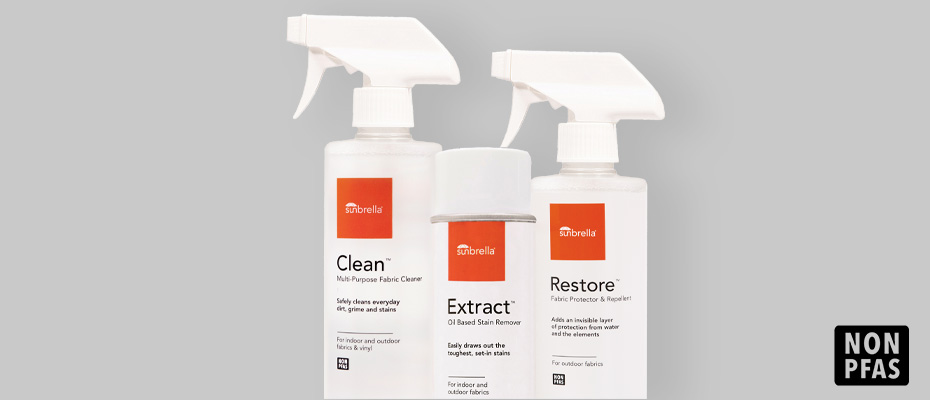
Protect and maintain your awning—before and after installation—with the proper cleaners and protectants. Shop reliable awning cleaning products, protective sprays, and tape through Trivantage.
There are many different ways to design an awning. The style will depend on your specific project. Is it for a commercial or residential application? Do you need it to be stationary or retractable? How big of a space are you working with?
For models of the most common awning styles—including traditional, dome, and vertical screen—look to our Standard Awning Styles page.
Need help with your design? Let our Awning Composer® software help you finish your next project in half the time.
Exterior window awnings are a stylish addition to residential and commercial spaces alike. Designed to shield windows from direct sunlight, these awnings enhance energy efficiency by reducing indoor heat gain, thus minimizing the need for cooling systems.
They come in various styles, from sleek modern designs to classic awnings that complement traditional architecture. Exterior window awnings provide aesthetic appeal while serving a practical purpose.
Slide-on wire canopies offer a unique and contemporary look to outdoor spaces. Characterized by their minimalist design, these canopies use tensioned wires to support the fabric, creating an unobtrusive shading solution. The absence of bulky frames allows for an open and airy atmosphere.
Slide-on wire canopies are popular for modern patios, balconies, and outdoor entertainment areas, where they provide shade without obstructing views.
Patio canopies are versatile shading solutions designed to extend outdoor living spaces. Whether attached to a building or freestanding, patio canopies create comfortable outdoor lounging and dining areas.
These canopies come in various shapes and sizes, accommodating different patio configurations. With a wide range of fabric options, you can customize the canopy to match your outdoor aesthetics while enjoying protection from the sun and light rain.
Vestibule awnings serve as protective entrances to buildings, offering shelter from rain, snow, and harsh weather conditions. Commonly seen in commercial settings, such as restaurants and shops, vestibule awnings provide a welcoming transition space for patrons. They enhance curb appeal while ensuring visitors are shielded from the elements as they enter or exit the building.
Patio canopies are versatile shading solutions designed to extend outdoor living spaces. Whether attached to a building or freestanding, patio canopies create comfortable outdoor lounging and dining areas.
These canopies come in various shapes and sizes, accommodating different patio configurations. With a wide range of fabric options, you can customize the canopy to match your outdoor aesthetics while enjoying protection from the sun and light rain.
Vertical screens are innovative shading solutions that offer privacy, protection, and temperature control. Installed vertically on windows, patios, or outdoor spaces, these screens can be easily rolled down or retracted to adapt to changing weather conditions. Vertical screens reduce glare, block harmful UV rays, and create comfortable environments while preserving views and aesthetics.
Gable and round marquee awnings are characterized by their eye-catching shapes. Gable awnings feature triangular peaks that add height and visual interest to buildings, making them suitable for entrances and storefronts.
Round marquee awnings offer a softer and more organic form, often chosen for their whimsical and nostalgic appeal. These unique designs enhance architectural aesthetics and contribute to a distinctive visual identity.
There are many types of awnings, including but not limited to the following.
There are, however, some basic rules of thumb when making any fabric awning.
Our Care & Cleaning page will provide cleaning tips for specific awning brands. However, there are some general guidelines for cleaning any awning fabric, including window awnings, camper and RV awnings, and more:
Looking to clean your awning hardware too? Refer to our Cleaners Guide for information on all of our cleaning products and their recommended applications.
When compared to other alternatives (like metal), fabric is often more affordable, more creative, and more versatile when used in awning and shade applications. It offers lightweight, long-lasting shade with a softer look. Learn more in this quick video.
Awning fabric is typically made from acrylic, vinyl, or polyester fabrics (or blends of the three). These materials are durable and weather resistant.
You can either install grommets to a strip of fabric sewn onto the edge of your awning fabric or use E-Z Lace Supreme® fabric strips, which already have reinforced lacing holes. You'll also need some lacing cord. After you've installed your grommets or sewn the E-Z Lace Supreme to the edge of your awning fabric, wrap the fabric edge around the lower rail and lace the cord through the reinforced holes along the tie bar.
Awning fabrics are made of thick canvas and require the use of heavy-duty industrial single and double needle sewing machines. Polyester or PTFE threads work best for their durability and weather resistance. There are any kinds of awning designs that will require different sewing pattern needs.
There are many different kinds of awning fabrics with different features. Awning fabric made from acrylic, vinyl, or polyester (or blends of the three) are the most popular options for their resilience and color. The type of fabric you choose will be based on what you need it for. If you're printing on the fabric, Weather-Chek® is a good choice. For railroaded panels try our large selection of wide-width fabrics like Sunbrella 80" or LAC 650® SL 118".
When properly taken care of, awning fabrics can last around 5-15 years. They’re designed to stay out in the elements for a long time. Many come under warranty of up to 10 years.
No, but we do carry flame-retardant Firesist® awning fabric.
Sunbrella awning/marine fabrics are backed by a 10-year warranty.
Yes, you can find them in our Somfy®, Solair®, RollEase® section.
Vinyl, polyester, and acrylic fabrics (or blends of the three) tend to be the most common. These materials are typically weather resistant and highly durable.
Yes, it will just have a stiffer feel.
Please refer to our Sunbrella awning care and cleaning guide for tips.
The following are all 100% waterproof:
The rest of our awning fabrics offer varying levels of water resistance. We also carry water-repellent fabric sprays.
No, but all our backlit fabrics are heat sealable, so panels can be welded together for larger projects.
You can purchase it on AwningComposer.com.
To clean aluminum, use mild soap and water or a commercial aluminum cleaner. Then polish, protect, and remove rust with a high-quality metal polish.
Aluminum is great for awning frames since it’s lightweight. Connectors and fasteners can be made from a range of materials, like aluminum, stainless steel, or die-cast zinc.
Go out and get building with all your awning supplies in hand! Find all the awning materials you need in one place on our Shop by Market Awning Page.
Think we've missed something? Or have any additional questions? Let us know.
The purpose of this guide is to give fabricators some general guidelines and product information.
This guide should not be considered as the sole source of information on awnings and should not be considered as advice or instructions on how to build awnings. This guide is strictly informational.
Please reach out to your local customer care teamfor more guidance.